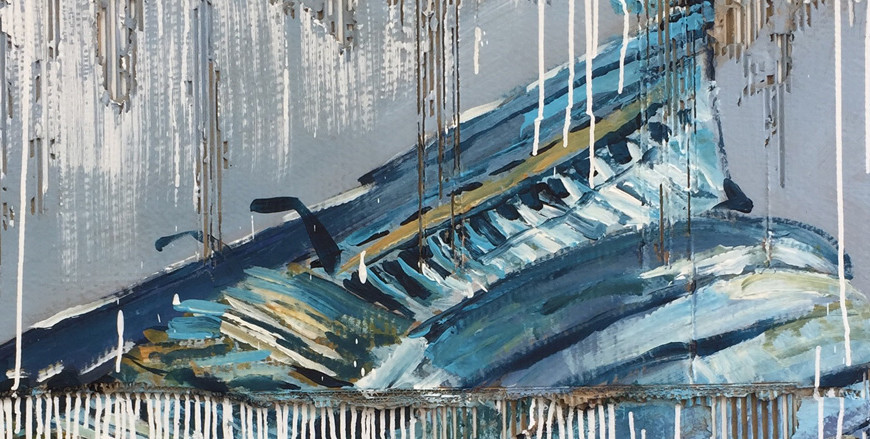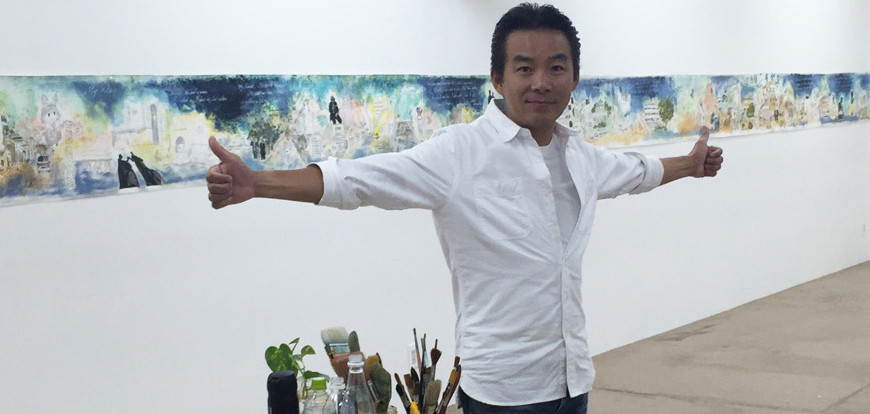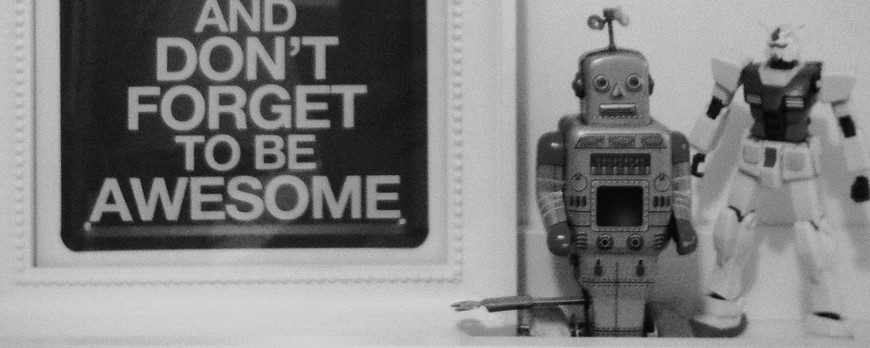
Category: Artwork


LINE ON BOARD, Exhibition in 3331 Art Chiyoda, Chiyoda, Tokyo 17-20 Oct 2016
本展では、東京の道から回収した段ボールを再利用し、コンセプチュアルなアプローチと物質的にラインを描きだすことを通し平面的な素材を彫刻化させました。作品のテーマとした「ライン」は、時間や生命、そしてアートそのもののように無限に流れるのでしょう。 This exhibition focuses on lines. Time and the journey of life itself is a line. I try to capture the moments when people are basking in sunset, enjoying their life or even grasping a fleeting image. I always like to experiment with new materials while exploring opportunities to create works with greater artistic impacts than ordinary paintings on canvas. In this exhibition, I use cardboard collected from the streets during my stay in Japan and put lines in them, both physically and conceptually. These paintings and sculptures made of … Continue reading LINE ON BOARD, Exhibition in 3331 Art Chiyoda, Chiyoda, Tokyo 17-20 Oct 2016

Long Diary, drawing and collage on canvas, 400cm x 100cm, 2016
I have created this expansive canvas piece to reflect my vivid memories of my residency in Tokyo, which took place from mid-July to the end of August in 2016. It encompasses various aspects such as my sightseeing adventures, architectural wonders, iconic landmarks, and even my beloved Japanese cartoons. To add depth and diversity to the artwork, I extended an invitation to Japanese children and fellow … Continue reading Long Diary, drawing and collage on canvas, 400cm x 100cm, 2016

Collection of selective oil paintings practices, 2013-14

The Spirit of Art Deco (watercolor drawing on paper)
Art Deco style in a “vehicle” of Design and Architecture The creative impulses of Art Deco leave a trademark in buildings established during the glamorous Jazz age from mid-1930’s to 1940’s. These buildings have remained a heritage of architecture up to nowadays and have never failed to impress us with the fine nuances of Art Deco in various forms, from the highly decorative classical form … Continue reading The Spirit of Art Deco (watercolor drawing on paper)

Zen on Sand (multi-media on canvas)
There are 5 pieces of Wabi-sabi work, sharing the same texture of canvas foundation, which is made with a mixture of sand and acrylic. Using sand as a medium has a philosophical, “Wabi-sabi” dimension to it. The way that sand slips away from the slits between our fingers when you try to grasp a handful reminds us that nothing in life can actually be grasped, … Continue reading Zen on Sand (multi-media on canvas)

The Hidden Memory
The swirl and flow of memory are represented by brushstrokes of dark ink, stark and intense, whereas the thread is the linearity leading to our hidden memory, which is represented by the intricate fabric-like texture, deliberately portrayed to be standing out from the rest of the painting. The broken rope represents the inconsistent state of memory. The rope is more visible in the … Continue reading The Hidden Memory

Stories of Deserted Villages
In this project, I attempted to capture my impressions on deserted villages located on outlying islands and some rural areas in the New Territories. Although my research interest Wabi-Sabi is originally a Japanese aesthetic concept, I seek inspirations of Wabi-Sabi in HK rather than relying on my travelling experiences in Japan, since I believe that Wabi-Sabi is universal. During my past visits to those … Continue reading Stories of Deserted Villages

Solitude versus Togetherness in The Hong Kong Flâneur
The premise for the following works is based on the notion of the Flaneur. I shall give examples of what I mean by this term in relation to my research and artworks. The French term Flâneur means strollers or loungers, and yet without the negative connotations of laziness. Rather, it conjures up the literary type of man, the “connoisseur” who strolls leisurely in the … Continue reading Solitude versus Togetherness in The Hong Kong Flâneur

In Praise of Slow
Apart from being an aesthetic philosophy, slow Living is also a choice of lifestyle. Authors Beth Meredith and Eric Storm summarize slow living as follows: Slow Living means structuring your life around meaning and fulfillment. Similar to “voluntary simplicity” and “downshifting,” it emphasizes a less-is-more approach, focusing on the quality of life. [9] Slow Living addresses the desire to lead a more balanced life and … Continue reading In Praise of Slow